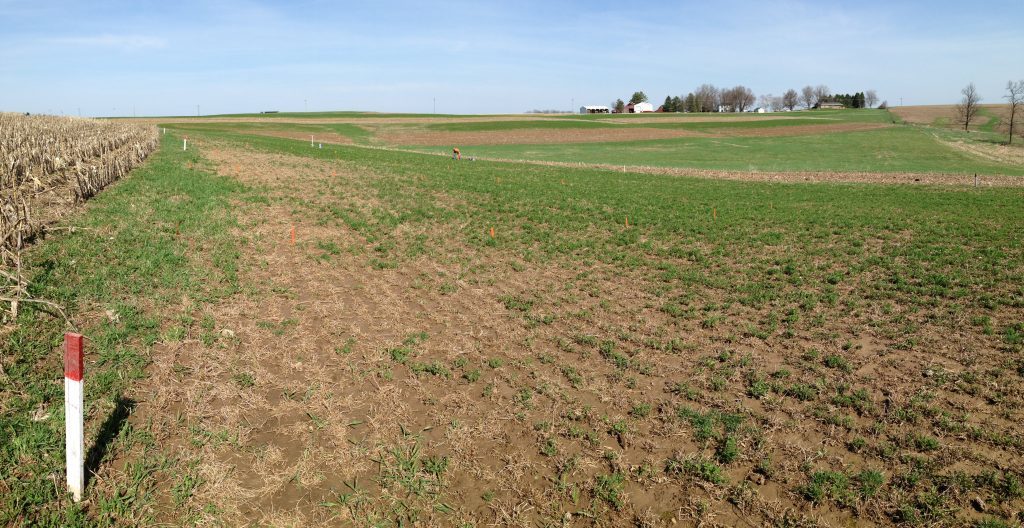By Carrie Laboski, Professor and Extension Soil Fertility/Nutrient Management Specialist
Throughout much of the midwest there is concern about alfalfa winter-kill. Based on the amount of winter-kill in a field, some producers may decide to terminate the alfalfa stand and plant corn instead. It is important to remember that alfalfa N credits should still be taken for this year’s corn crop.

Table 1
- If the stand last fall was considered good (70-100% alfalfa) and the field was partly killed over winter and the remaining part will be sprayed out this spring, then it should be considered a good stand for purposes of determining N credits.
- If the stand last fall was considered good (70-100% alfalfa) and the field was partly killed over winter BUT a first cutting is taken before spraying, then the stand counts after first cut will dictate N credits.
The same reasoning applies when determining N credits for winter-killed red clover. First-year N credits for red clover are 80% of the alfalfa N credit for similar stands.
If there is concern about estimating N credits after winter-killed alfalfa then a pre-sidedress nitrate test (PSNT) and be used to confirm the N credits. For more information on using the PSNT see Chapter 5 in UWEX Publication A2809, Nutrient application guidelines for field, vegetable, and fruit crops in Wisconsin.







Post a comment
Report Abusive Comment